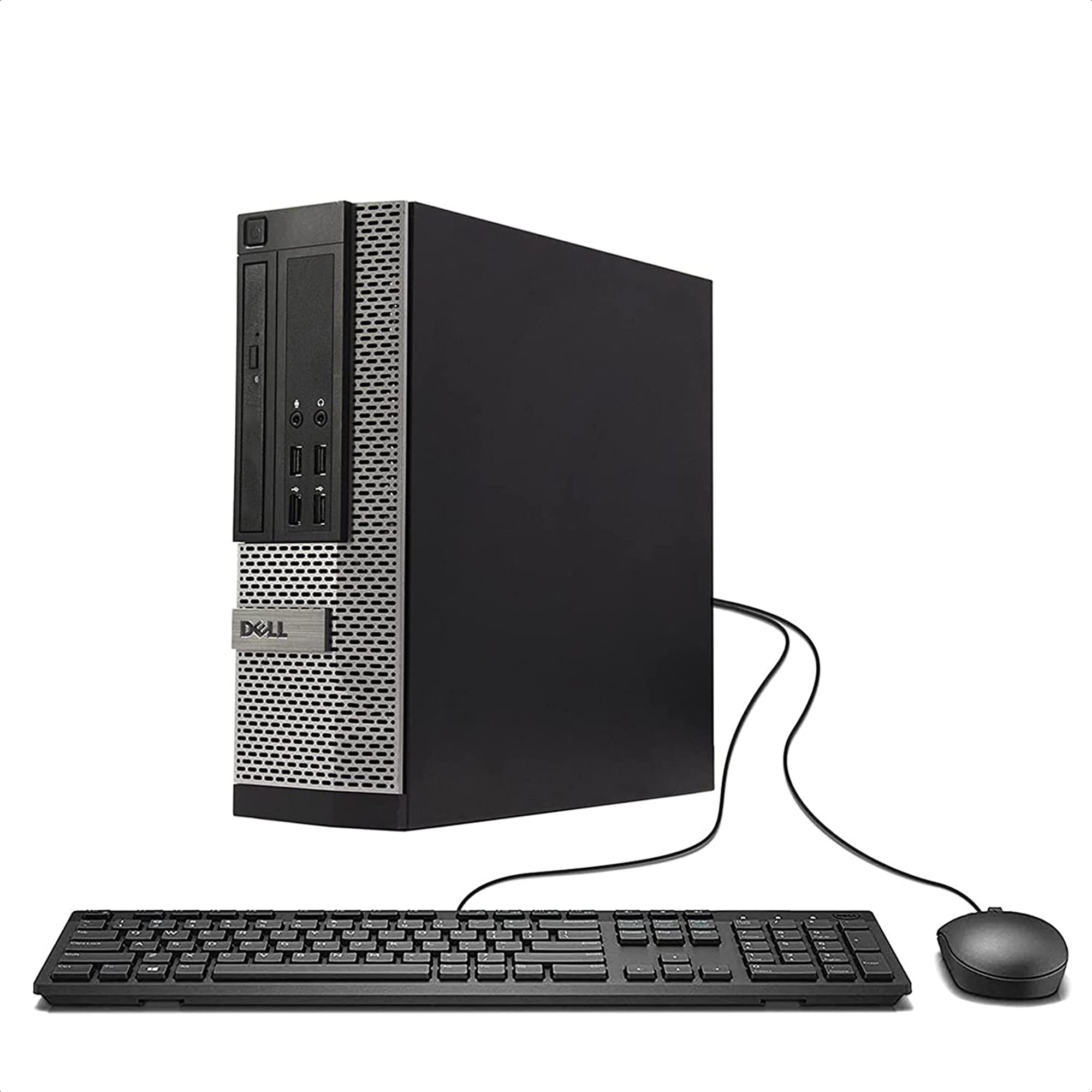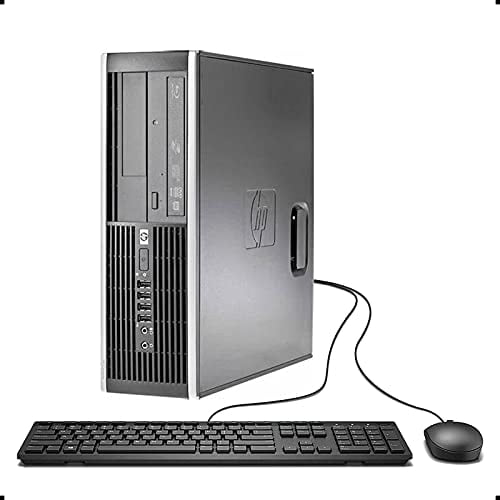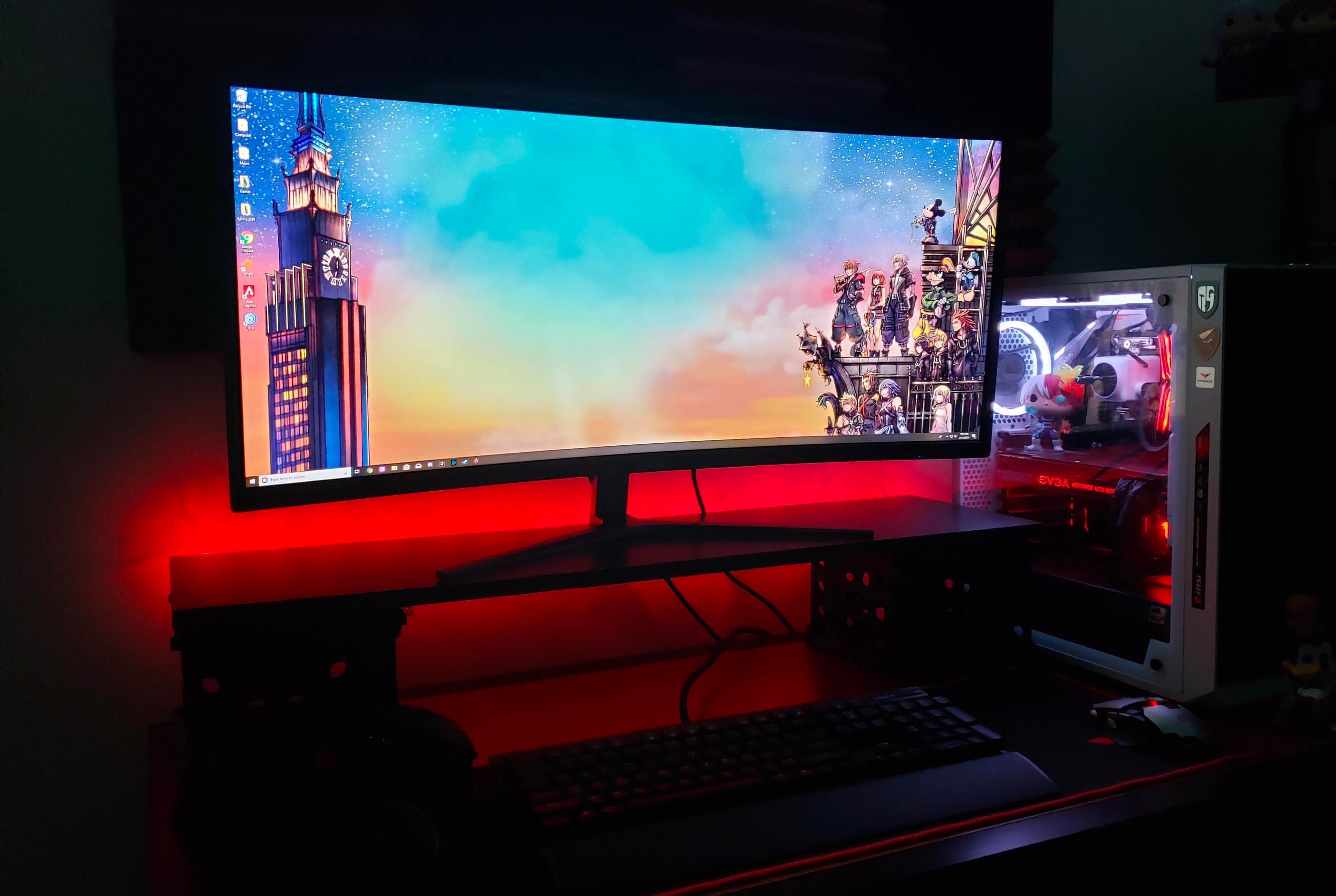

- #Cpu and memory monitor in windows 8.1 pdf
- #Cpu and memory monitor in windows 8.1 upgrade
- #Cpu and memory monitor in windows 8.1 Pc
Windows 8 does this by making the corners and edges of all attached displays active.
#Cpu and memory monitor in windows 8.1 Pc
It is important to support these corners and edges the right way on a PC with multiple monitors. Navigating with the corners of the screen with a mouse or with the edges of a screen with touch is part of the core navigation experience for Windows 8.Corners and edges are active on all monitors.Key Feature Enhancements of Dual Monitor Usage In the Change Display Settings window, click and drag the virtual monitors to mimic your physical setup.Choose Change Display Settings on the left.Go to the Control Panel and choose Display.Second screen only - The main PC display will be disabled and only the secondary screen is used. To use Windows UI on one screen and the desktop on the other. PC screen only - The second screen is ignored and only the PC's primary display is used.ĭuplicate - The second screen mirrors, the primary display.Įxtend - The PC display is extended across the two screens and allows you to have a desktop that spans two screens or These options will let you configure the screens as follows:


Setting Display Styles for Multiple Monitor.Key Feature Enhancements of Dual Monitor Usage.
#Cpu and memory monitor in windows 8.1 upgrade
This information is extremely handy if you decide to upgrade the system's memory because it allows you to determine what type of memory to purchase without having to open the computer case. It also shows you the memory form factor, the number of slots being used and the memory speed. The Memory section of this tab will show you the amount of memory being used, the amount of memory still available, the committed memory, cache memory, the paged pool size and the non-paged pool size. It displays usage statistics for CPU, memory, hard disk and network resources. The Performance tab is like a lite version of the Performance Monitor. To do so, open the Task Manager and click on the Performance tab. Modern PCs typically ship with 4 GB of RAM, and that usually works out fine, unless the worker uses video editing or CAD software.įor many years, the best way to estimate the required memory has been to use the Windows Performance Monitor to measure memory consumption, but in Windows 8 you can do that without delving into the Performance Monitor. If however, the users work with more advanced or more demanding applications, then 2 GB of memory probably won't be enough.
#Cpu and memory monitor in windows 8.1 pdf
If for example, the users merely work with Word documents, PDF files and a Web browser, then 2 GB of memory will probably be adequate. It can be difficult to estimate the amount of memory that your Windows 8 desktops will need because it varies depending on how workers use their desktops.


 0 kommentar(er)
0 kommentar(er)
